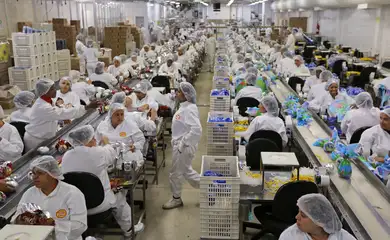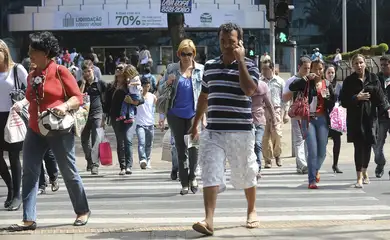Unemployment down to 6.4% July–September

Brazil’s unemployment rate fell to 6.4 percent in the quarter from July to September 2024. The result is 0.5 percentage points lower than in the previous period—April through June—when it stood at 6.9 percent. Compared to July–September 2023, the drop is 1.3 percentage points. In that quarter, the rate was 7.7 percent.

As per data from statistics bureau IBGE, which released the data Thursday (Oct. 31), the 6.4 percent unemployment rate is the second lowest in this time series, which began in 2012, surpassing only the rate for the quarter ending in December 2013 (6.3%).
The unemployed population—people who were not working and were looking for a job—fell to 7 million in the quarter ending in September. This is the lowest figure since the quarter ending in January 2015.
In the view of the IBGE Coordinator for Household Surveys Adriana Beringuy, the downward trend in joblessness is the result of a continuous expansion in the number of workers being demanded by various economic activities.
Employed population
The number of workers in Brazil set a new record in the period covered, rising to 103 million. The growth in the employed population rose by 1.2 percent in the quarter—1.2 million more workers. Year on year, it rose 3.2 percent. This percentage is equivalent to 3.2 million more employed people.
The survey also showed that the rise in employment in the quarter was driven by the performance of industry (3.2%) and commerce (1.5%). Quarter on quarter, these two groups of activity absorbed 709 thousand workers, 416 thousand from industry and 291 thousand from commerce. The number of people employed in commerce reached a record 19.6 million.
“Industry in particular recorded an increase in registered jobs. In commerce, on the other hand, even though formal employment also increased, the predominant growth was in informal employment,” said the coordinator.
Formal employment guarantees workers the labor rights stipulated by law, as well as various benefits, such as meal tickets, which employees can use to buy food at accredited chains.







